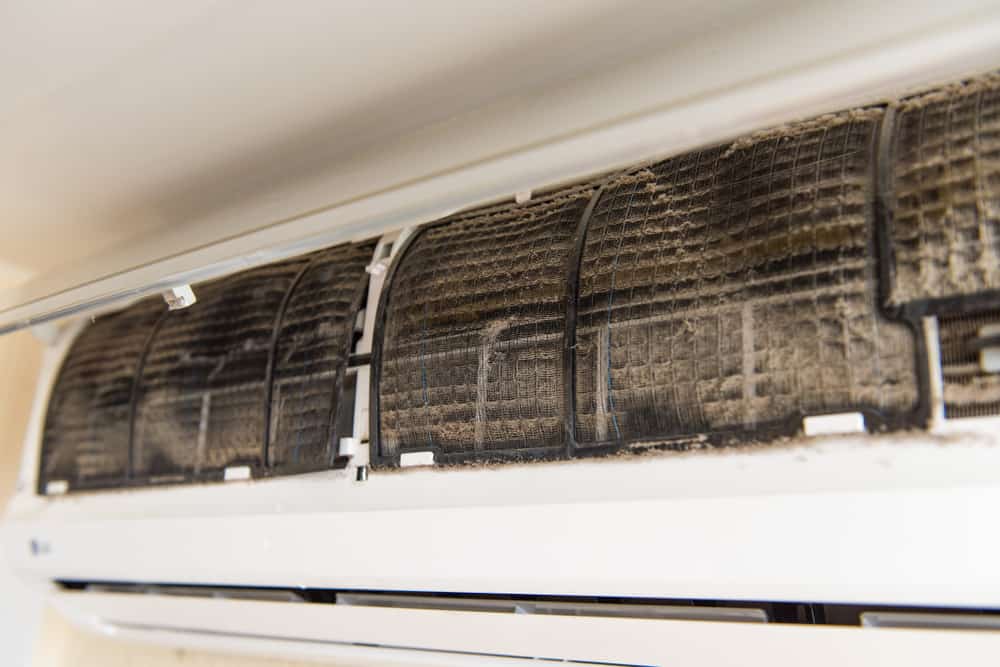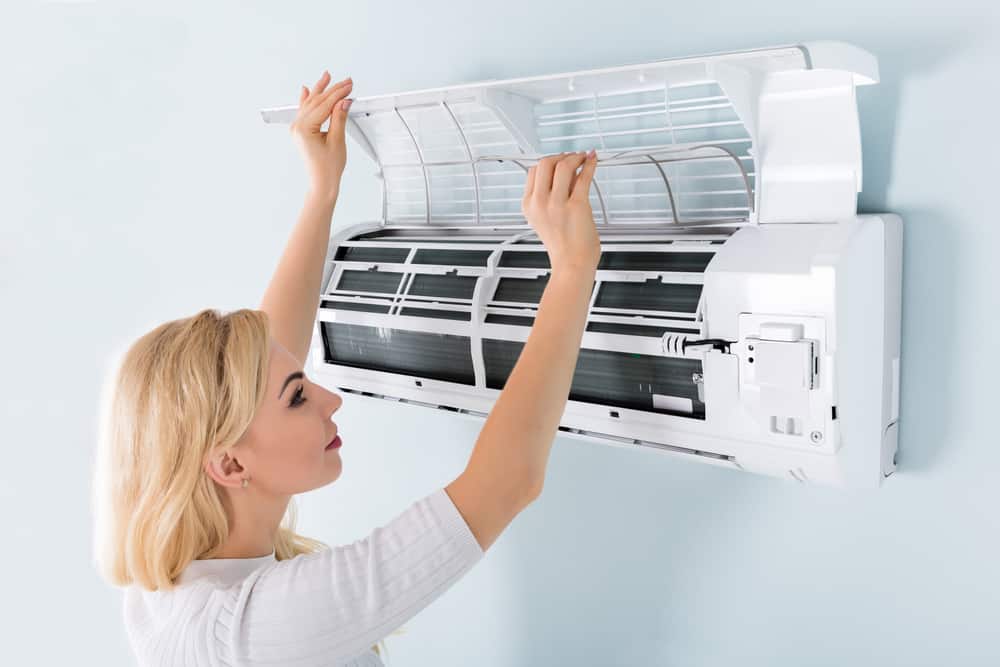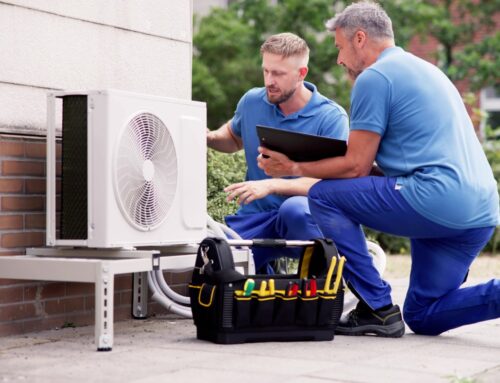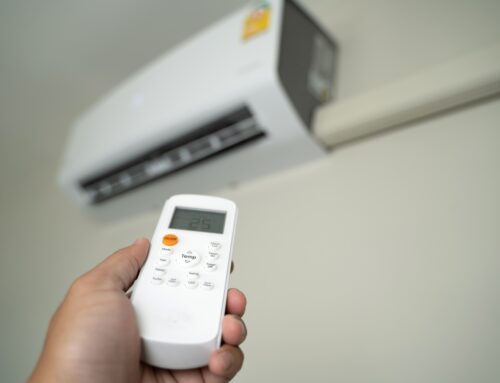Modern air-conditioners are smaller, sleeker, quieter, and more energy-efficient than ever before, but one thing hasn’t changed. Air-conditioners still produce moisture. Lots of it. Some of it is as a result of the unit dehumidifying the air, and this moisture is efficiently disposed of through the unit’s drainage system. However, more moisture is produced through condensation, and this can cause problems.
As your unit blows cool air into your home, the surfaces of the vents and the duct system are colder than the ambient interior temperature. This can cause condensation – little droplets of water forming when the warmer air comes into contact with the cooler surface. And this water, especially when combined with dust, provides a perfect breeding ground for black mold ac.
Black mold in your air-conditioner can be any of several species of mold, but they all spread rapidly through the release of spores, and they are all harmful to your health. They can be especially harmful to individuals with respiratory or allergy problems, but they will also have adverse effects on even healthy individuals if the exposure is long term.
Prevention is the key
Prevention is always better than cure, so cleaning your vents regularly will help ensure that the problem doesn’t develop in the first place, but if you do spot mold on air-conditioner vents, you must deal with it immediately.
If you have a large central unit, or you have respiratory problems, it’s better to call a professional AC maintenance service to deal with it. DIY mold removal is difficult, time-consuming, and potentially harmful. You have to be sure you’ve killed all the mold spores in the system, or you’ll be back to square one in a week or so.
How to remove black mold in air conditioner ducts?
- Before you begin cleaning, make sure you’re wearing long sleeves and pants, rubber gloves, and a high-efficiency dust mask. You don’t want to inhale or come into contact with any of those mold spores.
- Remove the vent covers and check the insulation around them. If this is affected it will have to be replaced. Soak them in a tub with a disinfectant made up of one cup of chlorine bleach to one gallon of water, for at least 15 mins. Remove them from the water and clean them thoroughly. Leave them to dry while you are cleaning the ducts.
- Using a long-handled, flexible mop, clean all surfaces of your ductwork with more of the chlorine bleach solution. Make sure you thoroughly wipe down all the surfaces, even if you can’t see any mold on them. The spores are not visible to the naked eye, but if you miss any, they’ll simply recolonize your AC system.
- Inspect the rest of the system, including the motor and coils, for signs of mold. If you do find any, you’ll have to remove all traces and wipe everything down with the bleach solution.
- Dispose of your mold contaminated cleaning materials in sealed plastic bags to avoid spreading it to other areas of your home.
- Check the rest of your home for any further signs of mold, and try to identify the source.
As you can see, getting rid of mold involves more than just wiping it away with a cloth. If not eradicated completely, mold will just keep coming back and start spreading. We hope this blog has been helpful, and thank you for reading!
If you do have a problem, we strongly recommend you call in the professionals, as soon as possible, or you could find yourself fighting a losing battle!






